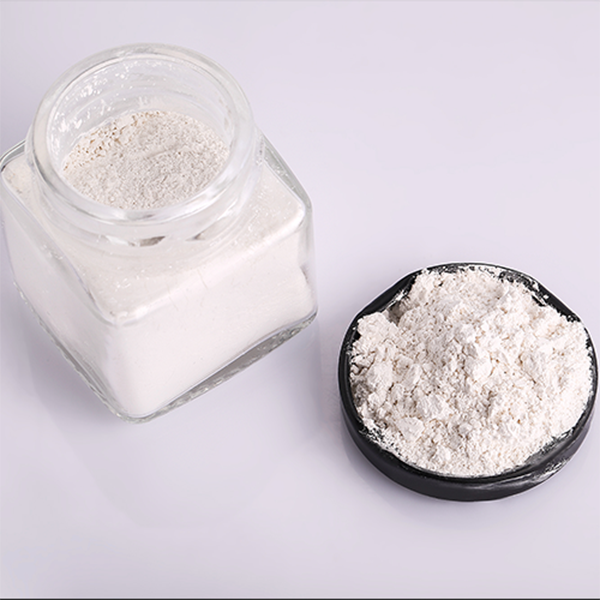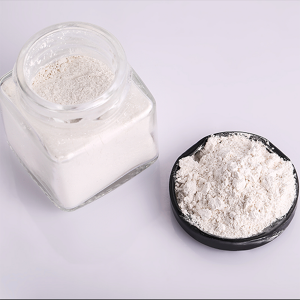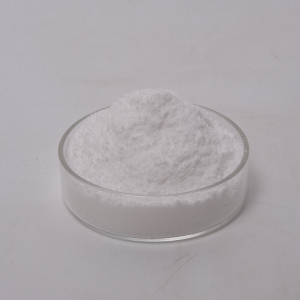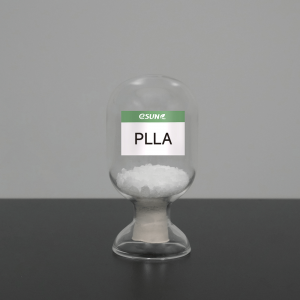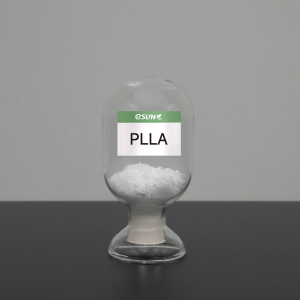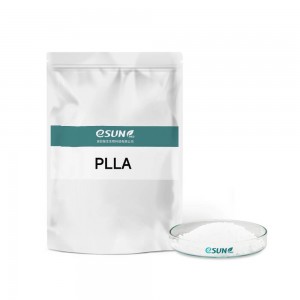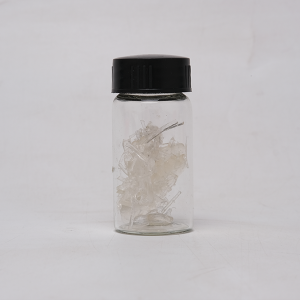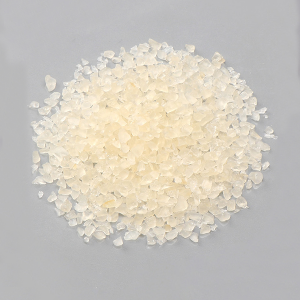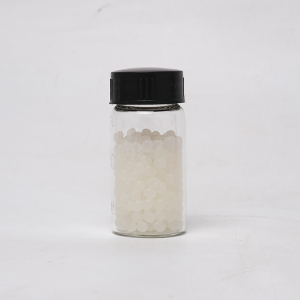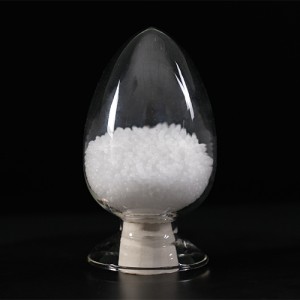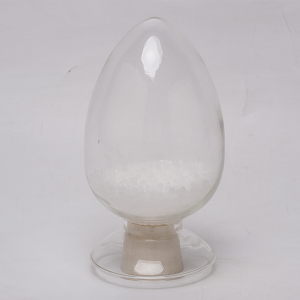PLLA
PLLA are biocompatible,┬аnon-toxic and harmless to human body after being degraded in the body through metabolism.
Therefore, PLLA are widely used in the medical field,┬аsuch as controlled-release and slow-release drug carrier; tissue engineering scaffolds, cardiovascular scaffolds, bone fixation, and bone repair materials (such as absorbable screws, absorbable bone plates), microcapsules for injection, microspheres, implants and animal organ support elastomers, etc.
Product Index:
| Item | Unit | Standard┬аValues | Reference Standard | Method | Result |
| Appearance | / | / | / | Visual Inspection | White┬аSolid |
| Intrinsic Viscosity [╬и] | dL/g | 1.5-2.0 | / | Refer to ASTM D 2857 in Cloroform 30РёЃ |
1.65 |
| Moisture | % | РЅц0.5 | YY/T 0661-2017 | Karl Fischer Coulometric Titration |
0.29 |
| Monomer Residue | % | РЅц0.5 | YY/T 0661-2017 | GC | 0.06 |
| Solvent Residue (Dichloromethane) |
ppm | ICH┬аLimit┬аValue | YY/T 0661-2017 | GC | Qualified |
| Solvent Residue (Total) |
ppm | ICH┬аLimit┬аValue | YY/T 0661-2017 | GC | Qualified |
| Heavy Metal Residue (Pb) | ╬╝g/g | РЅц10 | YY/T 0661-2017 | Colorimetric Method of Chinese Pharmacopoeia |
Qualified |
| Sn Residue | ╬╝g/g | РЅц150 | YY/T 0661-2017 | ICP | Qualified |
| Specific Rotation | ┬░ | -155 ~ -160 | YY/T 0661-2017 | Polarimetric Test of Chinese Pharmacopoeia In Dichloromethane, 20 ┬░C |
-157 |
┬а*Produced in GMP workshop, each batch will provide the corresponding COA report.
| Model┬аNo. | Intrinsic┬аViscosity┬а[╬и]┬а(dL/g) | Test Conditions |
| PLLA10 | 0.9-1.2 | TCM№╝ї25РёЃ |
| PLLA18 | 1.5-2.0 | TCM№╝ї25РёЃ |
| PLLA24 | 2.0-2.7 | TCM№╝ї25РёЃ |
| PLLA32 | 2.7-3.6 | TCM№╝ї25РёЃ |
| PLLA38 | 3.2-4.3 | TCM№╝ї25РёЃ |
| PLLA65 | 5.6-7.5 | TCM№╝ї25РёЃ |
Write your message here and send it to us


